|
The food we supply in our bird feeders and on our bird tables may be the difference between life and death A crisp, cold wintery morning, the garden fills with birdsong as they trill out the dawn and yet, despite all this tunefulness, winter has a massive impact on the daily lives of garden birds. Winter days are short and the nights interminably long, enforcing an unpleasant equation on each waking period; a small bird must find enough food to lay down fat reserves for the night to come, because if it doesn't, it may starve to death during the hours of darkness. So, to survive, the days are one long feeding binge, with little time for anything else, literally, eating just to survive. The statistics of this dedication to finding food is startling; one of our tiniest birds, the goldcrest, must feed from dawn to dusk virtually without stopping, even for a moment as a disturbance, lasting 30 minutes on a very cold day, could potentially prove fatal in the long and cruel winter night ahead. Each of our tit species, core visitors to both urban and rural garden feeders, must devote eight out of every ten minutes to finding calorie rich food. As the temperatures fall and the cold spell starts to bite, life becomes a little harder for our wild birds. For most birds, food supplies become greatly reduced in winter just when more food is required as fuel for keeping them warm. Many of them change their eating habits; ones that usually eat insects may start to eat berries to supplement their diet as the insect prey becomes more scarce. Unfortunately, by this stage, many of the hedgerow berries may have already been eaten and the search is on for another food source. They will start to look for a reliable source of protein to supplement any food they can find in the garden and beyond and this is where the humble, well stocked garden tables and feeders come into the own. Feeding birds in the garden is a popular activity, in fact, almost half of the adults in the country feed birds in their garden in some form or other. The winter is a time they may need that extra bit of help and if you choose to feed them, they will reward you with hours of enjoyment from the comfort of your cosy home.. It is recommended that once you make the decision to feed the birds in your garden for the winter it is important to remember that you must continue to do so. The birds will come to rely on food being available; they will use up valuable energy, flying to your garden in order to feed, and lose time if the feeders are empty. Depending on the main species you want to attract will determine what feeders you use and what you put out. There is such a wide range of foods available to buy and certain foods that you can also use from your larder. Though most people will tell me they want only little songbirds and not crows or magpies and the like, my response is, those birds are still wildlife, they need to eat too and I have learnt the hard and expensive way that many crow-proof feeders don't work. I once bought a crow-proof fat ball feeder and they had it open and completely empty in 20 minutes. I don't begrudge them their meal, they work hard at food puzzles, something that small birds are not quite so well known for. I would always choose to put out whole peanuts, they are probably the most widely bought bird food and it often dispensed all year round. Peanuts have high protein content and fat levels and are used as an ingredient in many suet products. They are really popular with tits, greenfinches, chaffinches, sparrows and siskins. They should always be offered in a specific peanut feeder if whole, this ensures that the birds get small pieces and not the whole nut. On birdtables, grated or crushed peanuts may be scattered and are willingly taken by robins, dunnocks, sometimes even wrens. Seed mixes are another popular food item and come in a bewildering range. Always buy the best mixture you can, this should contain flaked and kibbled maize, sunflower seeds and hearts, kibbled peanuts, millet and pinhead oatmeal. Wheat and barley is often included in cheaper mixes as bulk but you may find they will be discarded by the small birds in favour of the tastier treats on offer in the mixtures. A recent introduction to the range was mixtures that have already been de-hulled and theoretically leaving you with less mess to clean up. These mixes may also include more unusual seeds such as hemp, linseed and chicory. There is one seed you should include if you want to encourage goldfinches to your garden and that is Nyjer seed. A tiny glossy black seed, rich in oil, and is often regarded as having played a significant role in increasing the population numbers of goldfinches and other declining species in recent years. Suet products in all their variety are great favourites with wild birds, they are highly nutritious and may contain seeds, berries, nuts and mealworms and will attract a range of birds depending on the choice. All of the acrobatic birds such as tits, green finches and to some extent goldfinches will allow great views as they hang precariously from feeders, coconut shells and the suet logs. If you get suet balls that come wrapped individually in plastic mesh bags, these must be removed and the suet ball then put into a feeder; this ensures no harm is caused to the birds which can get their delicate legs caught in the mesh. Half coconuts are a great attraction and once empty they can either be refilled or I use mine to put small amounts of seed, mealworms or suet pellets in. I also installed a peanut butter feeder which has small jars of hard peanut butter often mixed with nuts, insects or berries in a small frame, loved by the tit species and the larger birds have difficulty accessing it. There are many items you would probably call scraps that can be put on tables such, as cooked pasta, grated cheese, stale cake, fruit that is going over such as apples, pears, grapes, raisins and dates. Cooked potato and brown rice (no salt), porridge and day old bread and toast but this should always be slightly moistened first. It is equally important for birds to have a constant supply of fresh water, something that can be very hard to find in the depths of winter when ponds and puddles are frozen over. As well as for drinking, fresh water is required for bathing, this ensures that their feathers are kept clean, which will insulate them more effectively against the cold Birds are warm blooded; they need to maintain their body temperature within a certain range even when the temperatures around them change. They often give the impression of being well fed because they look fat but this illusion is to do with winter feathers. On cold, wintry days, most birds will fluff up to trap air between their feathers, creating air pockets that form a natural layer of insulation, similar to a duvet, to help keep them warm. Birds will sleep with their bills under their wings so they breathe in warmer air and they are also known to grow twice as many feathers to increase the insulation factor. Research has shown that some birds go into a nocturnal torpor (a deeper sleep where the body temperature, heart rate and breathing is reduced) resulting in a controlled hypothermia which can save the birds up to 20% of their energy. This is in conjunction with huddling together in larger numbers, in sheltered locations, even nest-boxes, for the night, forgetting territorial disputes in order to seek warmth for the night. One other trick they have is to shiver. Constant shivering is used as a short term adjustment to the cold; it is a way to increase heat production while at rest, a process that is called thermogenesis. Shivering converts muscular energy into heat in the short term but it also burns a lot of calories and those calories must be quickly replaced. The main way to replace this lost energy is with food so, as soon as they wake in the morning, the hunt is on to replace the energy lost during the night. This is where a reliable source of food comes in; the food that we provide for wild birds does not replace their hunt for food in the bushes, leaf litter and trees in the garden but it does give them a sort of security blanket.. Photo credits: Robin - Chris Child: Goldcrest - eBird: Fieldfare SW Farmer: Coal Tit - Fiona McAllister: Sparrows - Alexander Prechtl: Blue Tit - Pinterest: Mixed wildbirds - Paul Dinning: Blue Tit - B Burke: Long-tailed Tit - Pinterest
0 Comments
|
WildEdges
A haven of quiet countryside highlighting issues affecting the natural world. Categories
All
|
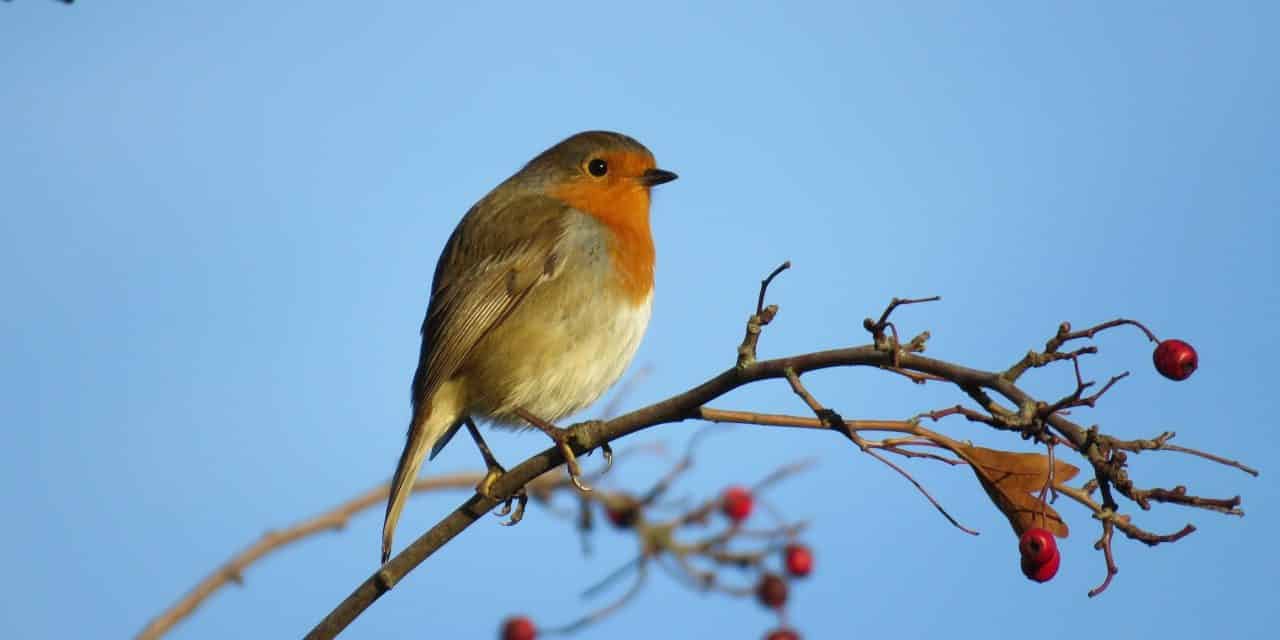
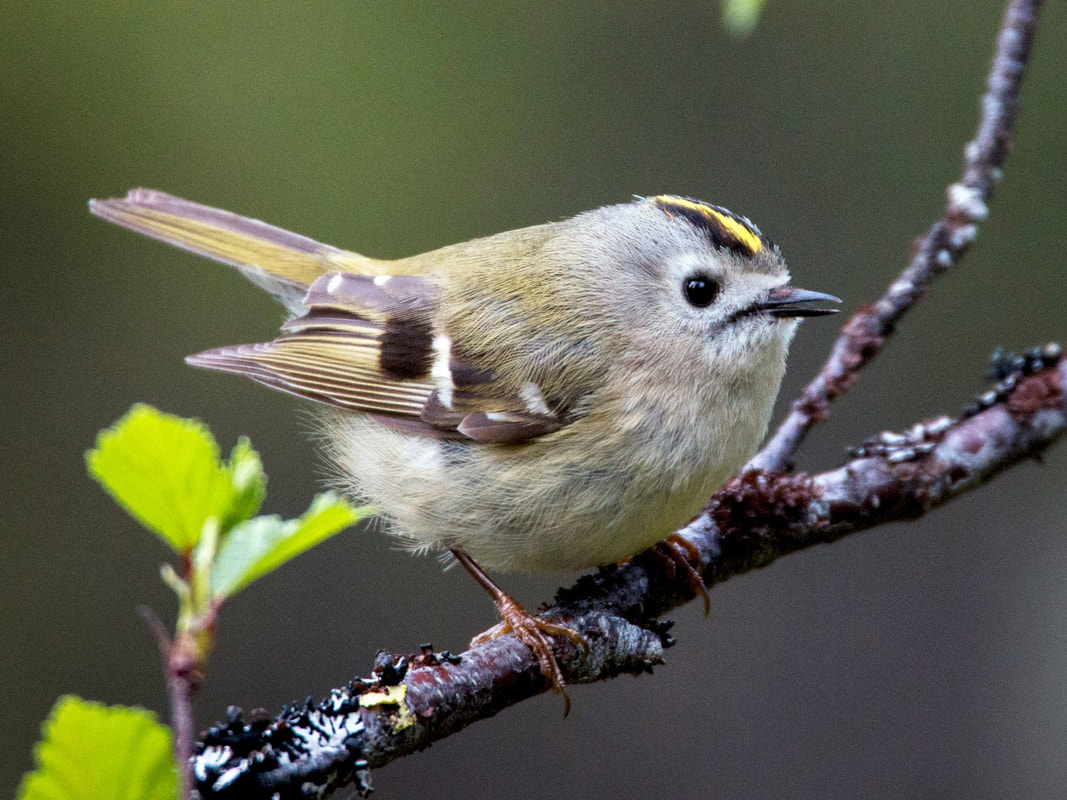
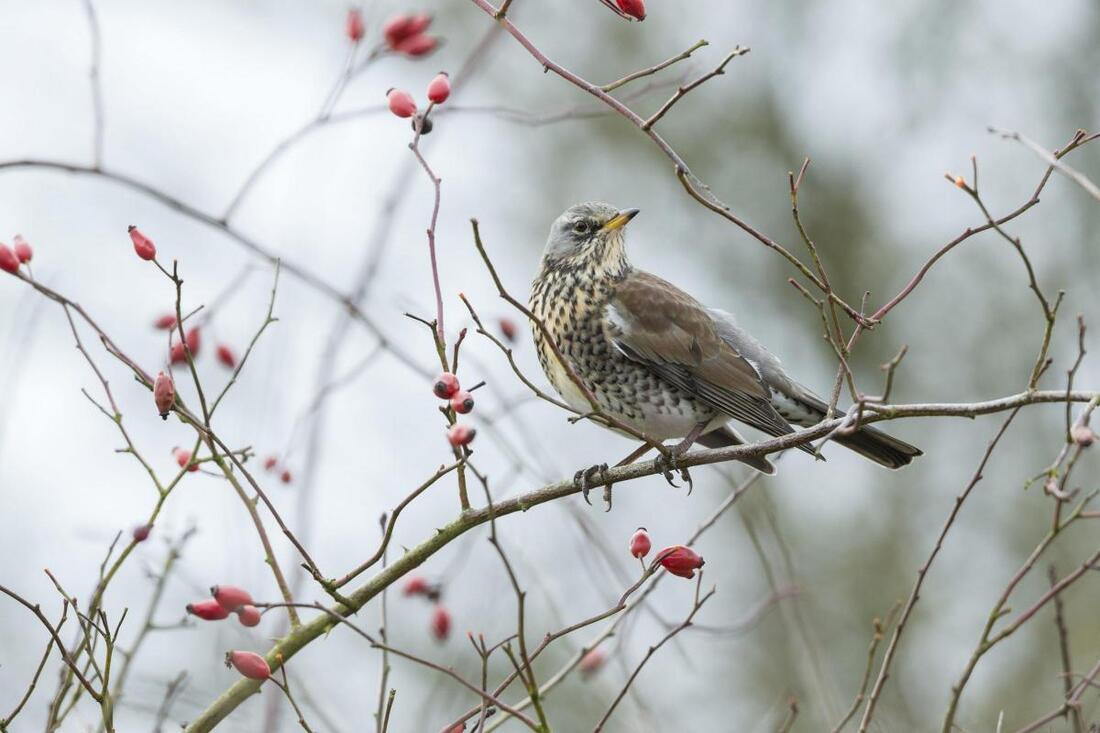
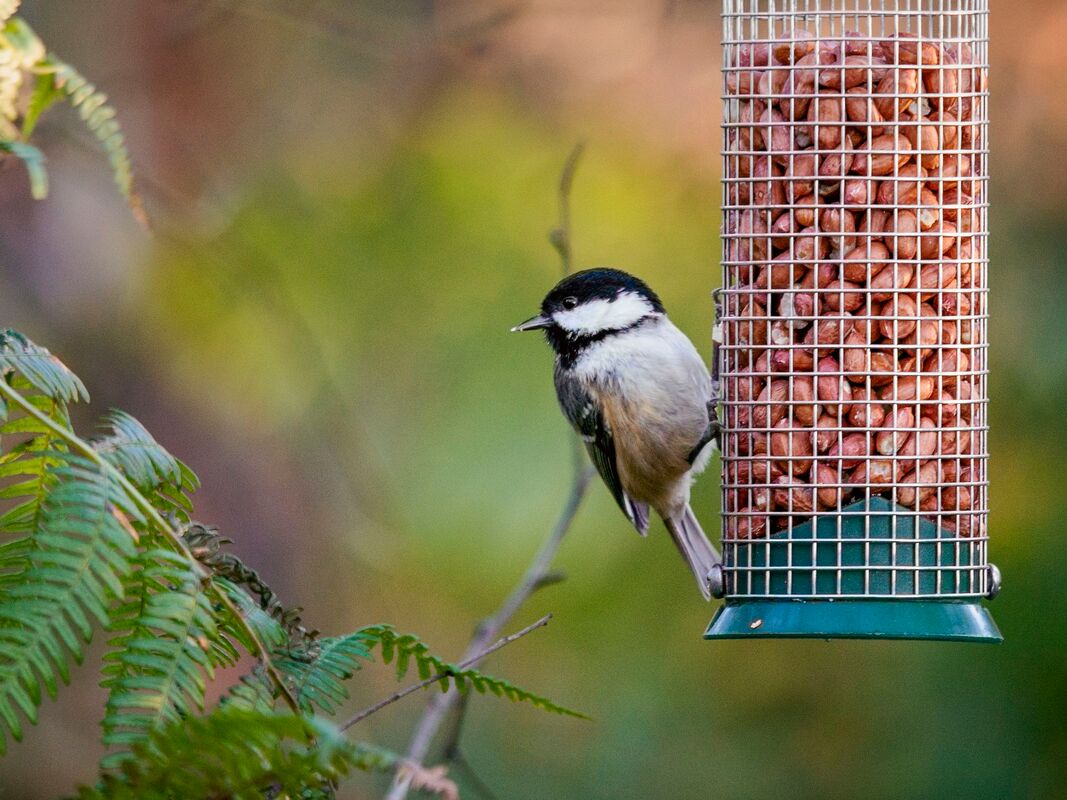
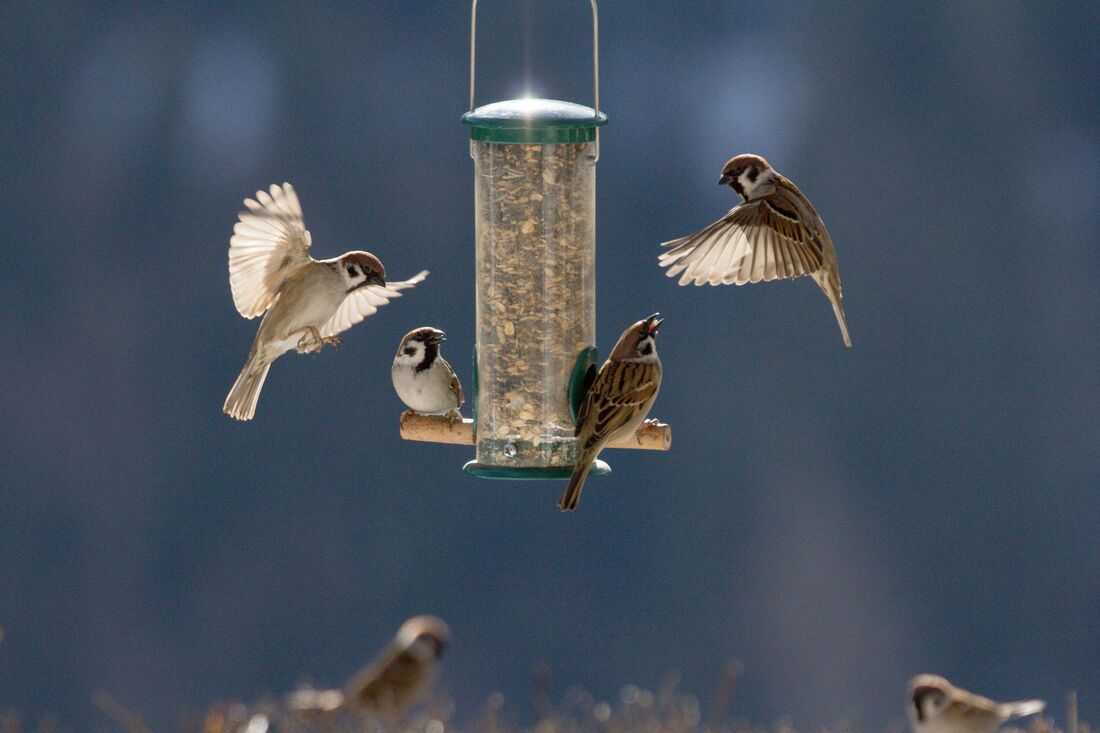
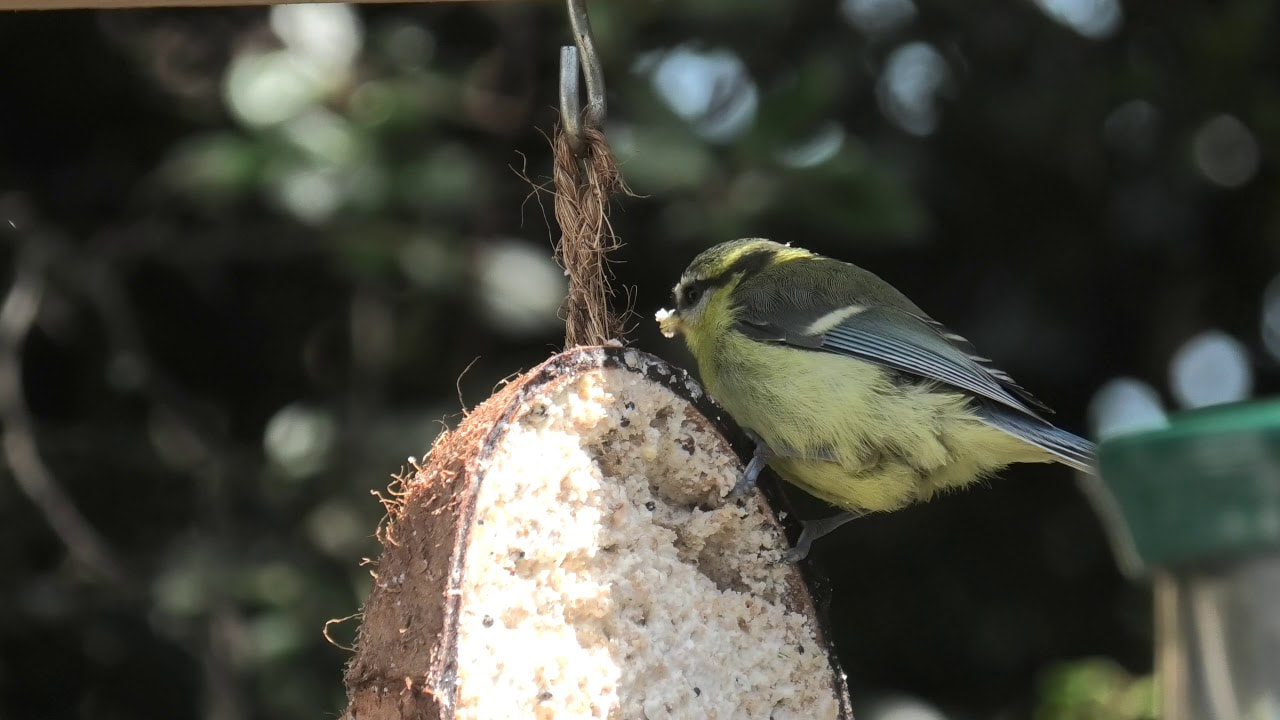
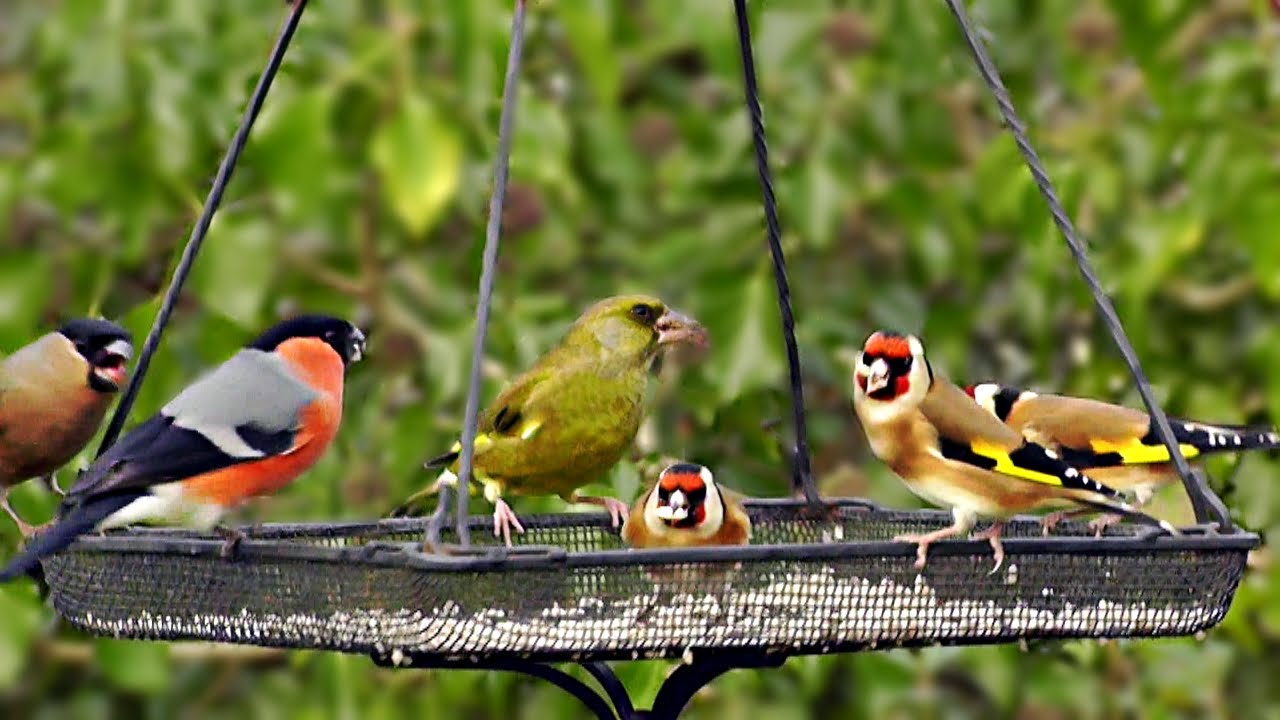
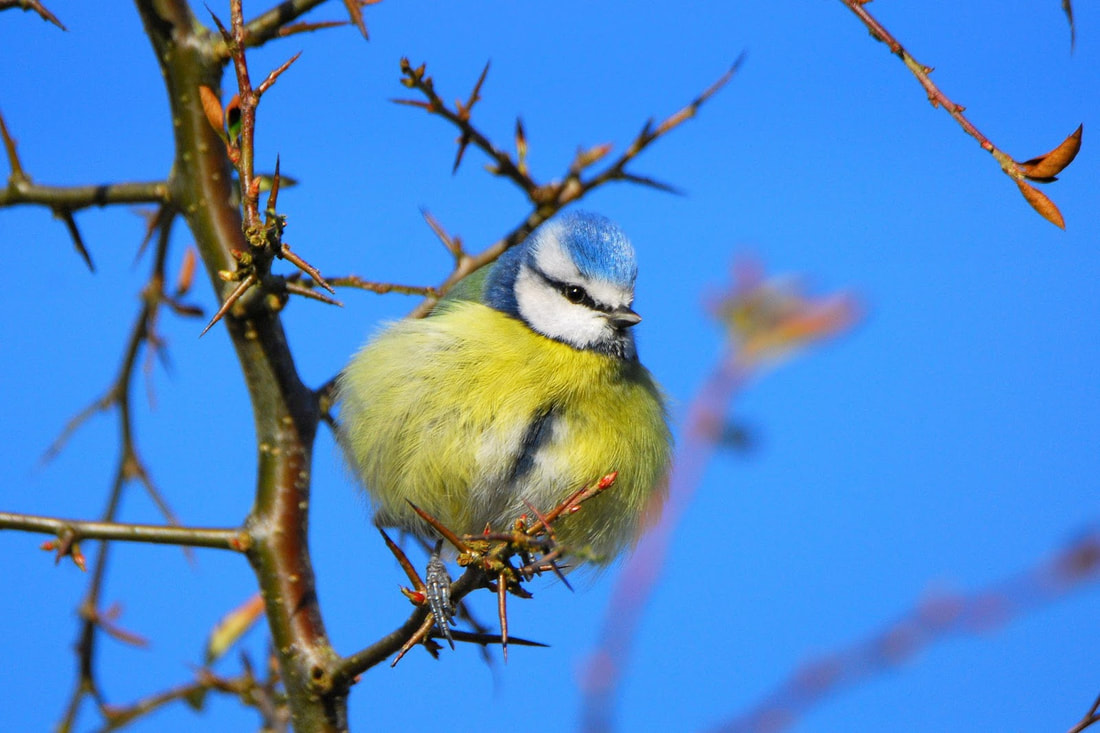
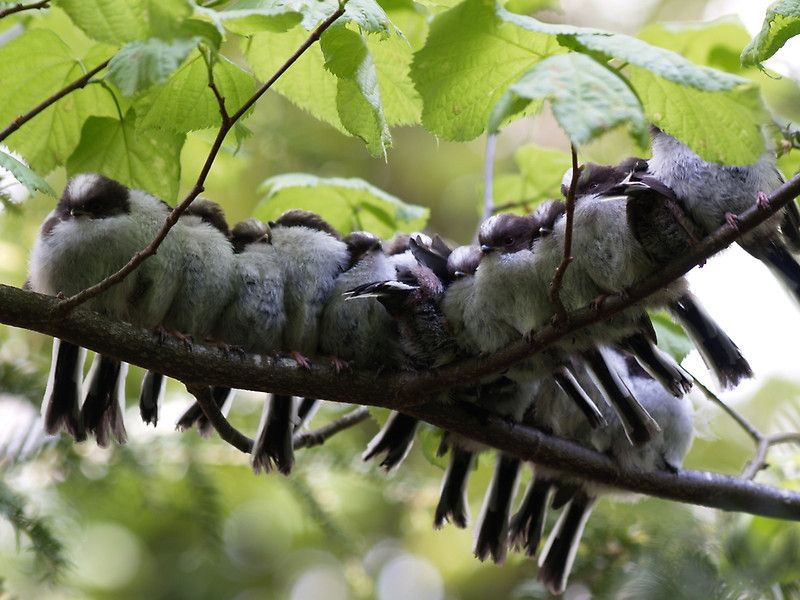
 RSS Feed
RSS Feed